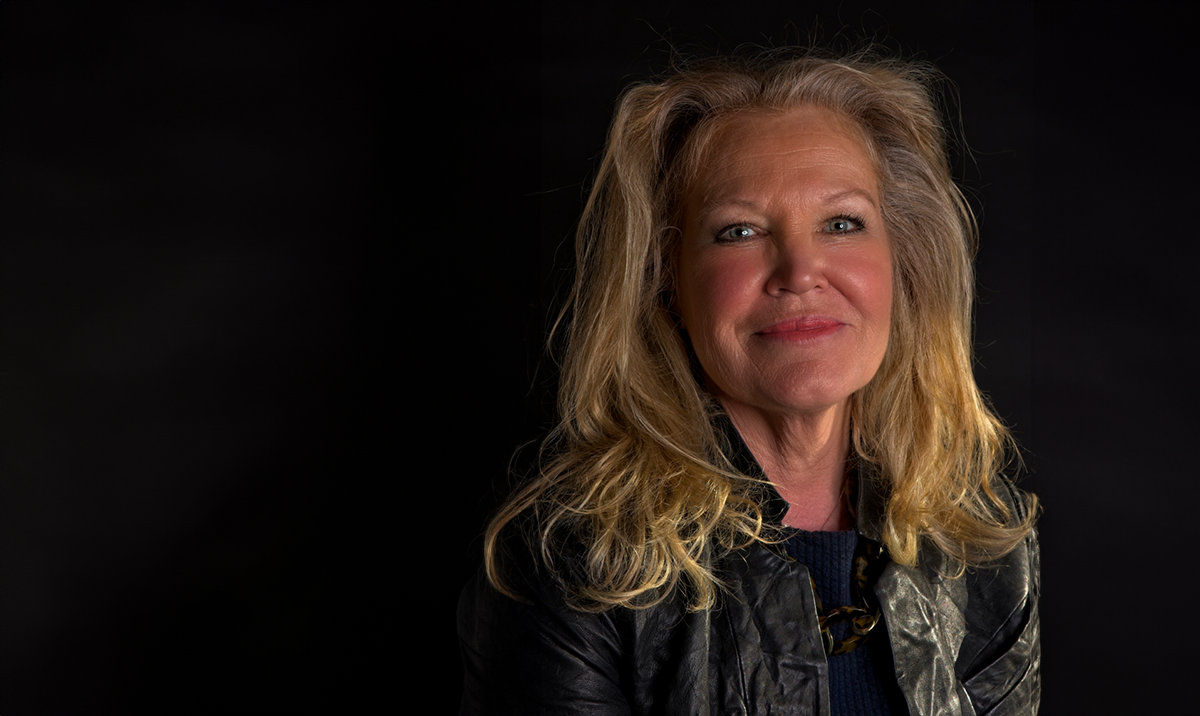
Twenty years after the launch of IMD’s Strategies for Leadership program, a critical question looms: does a women-only leadership program still make sense in today’s world?
For Sarah Varley, a coach who’s worked on the program since its inception in 2004, the answer is a resounding yes. “Women get down to ‘real conversation’ much quicker than men,” she says, likening the dynamic to a lunch among close female friends. “The same thing happens on the program, which is fundamentally about boosting your self-awareness. Women open up faster. I recently did the same coaching with a group of men and the difference was striking.”
Varley’s experience chimes with the testimonies of countless participants who have praised the program for fostering a safe space where women can candidly share their challenges and learn from one another. “I don’t think I’ve ever heard any feedback saying, ‘I wish this program hadn’t been just women,’” she adds.
There have nonetheless been changes over the years. In 2004, only 17% of senior leadership roles (classified as vice president, director, or C-suite) were held by women; today, according to the WEF’s Global Gender Gap report, that number has risen to nearly a third. Yet only 10% of the Fortune 500 companies are run by female CEOs.
In its early days, women who came to the program were often in the minority or marginalized in their workplaces. In contrast, Varley recently coached a woman from Saudi Arabia who was the only woman in her small company – a scenario that shocked the other participants in the group.
Varley believes the program’s appeal now lies in the speed at which women learn together, a dynamic that is mirrored by research showing that girls in single-sex schools outperform their co-ed counterparts in exams.
Shake it off
A major part of the SL program is gaining the self-awareness to cultivate your unique leadership style so that you can lead others with authenticity. For too long, women have been told to “fake it until you make it” – to adopt a certain look or persona to climb the corporate ladder. But pretending to be someone you’re not can undermine your leadership potential.
“When women realize that they can embrace all aspects of their masculine and feminine sides, for example by being authoritarian and vulnerable, or wearing makeup and men’s shoes, and letting these flow in harmony, it can be very powerful. But it’s not always easy to fully own and enjoy both sides at once,” says Varley.
Someone who Varley believes has mastered the art of staying true to herself despite criticism and judgment from others is the global pop superstar Taylor Swift. From negotiating fair pay to calling out sexism and industry double standards, Swift has shown how to be assertive in business. Yet she also shares her vulnerabilities, forging a deep emotional connection with her fans by singing about her heartbreaks, joys, insecurities, and flaws.
You can lead a horse to water
Participants in the program spend a day working with horses to practice and refine their unique leadership style. Horses, the largest animals that flee instead of fight, have developed a finely tuned communication system within their herds, led by the female mare, explains Varley. This makes them incredibly sensitive to signals, including those from humans. To successfully lead a horse, authenticity and clarity are key. Horses can sense insincerity or hesitation, which can make them uneasy. “The horse doesn’t mind if you are scared, angry, or upset – as long as you are being your authentic self,” says Varley.
When participants interact with the horse, they often project their fears and insecurities onto it, as the horse mirrors their emotions. For example, if someone is anxious about taking on a new role, the horse will respond to it, forcing the person to confront their feelings.
Sometimes participants will get frustrated because the horse won’t move, and they will say “He doesn’t like me,” explains Varley. “But this is nonsense. The horse neither likes nor dislikes them. It just wants clear instructions. They are projecting their belief that for someone to do something for you, they need to like you. This is perhaps an interesting belief for many women to ponder upon.”


